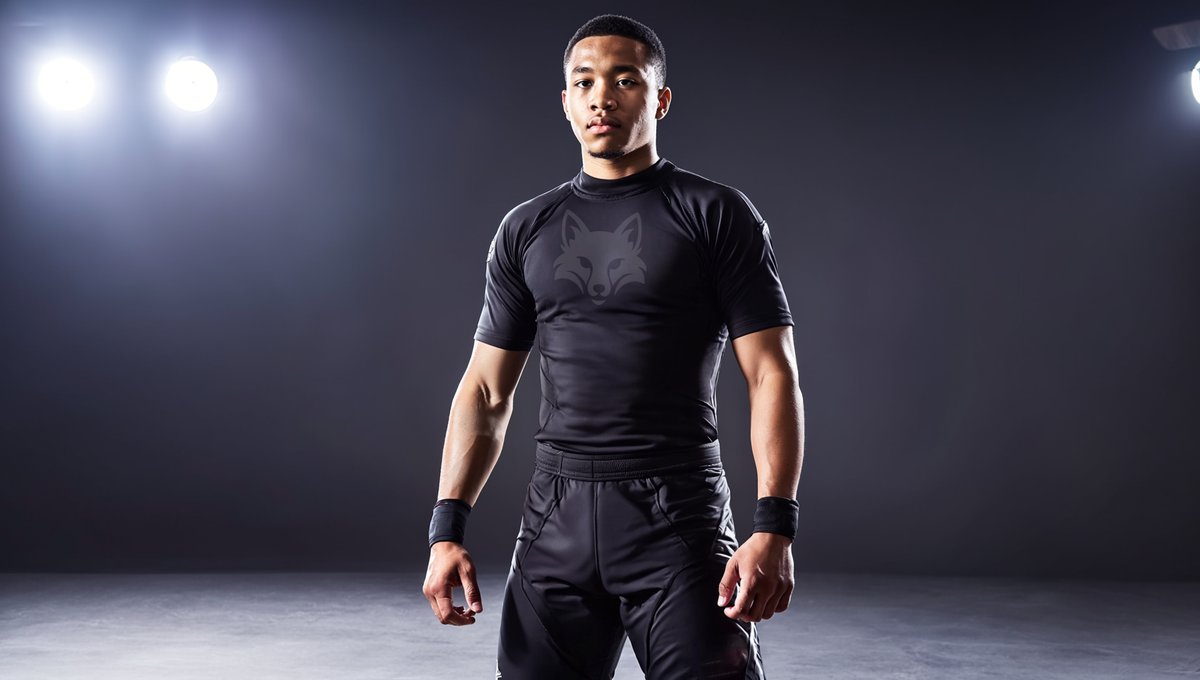If you’ve heard the term “NoGi Jiu-Jitsu” and wondered what it means—or whether it’s for you—you’re not alone.
NoGi is a dynamic, fast-paced form of Brazilian Jiu-Jitsu (BJJ) that’s trained without the traditional kimono (Gi). Instead of gripping a jacket and trousers, you train in a rashguard and shorts, using body control, speed, and technique to outmanoeuvre your opponent.
Whether you’re a total beginner or already has experience in the Gi, here’s what you need to know about the NoGi game—and why it’s growing fast in the world of grappling.
What’s the Difference Between Gi and NoGi?
In Gi Jiu-Jitsu, you wear a thick cotton uniform with a jacket, pants, and belt. The fabric is used during techniques—you can grab sleeves, lapels, and trousers to control and submit your opponent.
In NoGi, none of that is allowed. You train in tight-fitting athletic gear, and grips are made on the body itself, not the clothing. That means less friction, fewer places to hold onto, and a game that’s faster, slipperier, and more explosive.
What to Wear for NoGi
You’ll usually wear:
- A rashguard (short- or long-sleeve)
- Grappling shorts (no zips or pockets)
- Optionally, spats (leggings) underneath shorts
This gear is designed to keep you safe, reduce friction burns, and maintain hygiene—since you’ll be sweating and moving fast.
Who Is NoGi For?
Short answer: anyone.
NoGi is great for:
- Beginners looking for a high-energy, modern martial art
- Athletes coming from wrestling, MMA, or other sports
- Gi practitioners wanting to broaden their skill set
- People who love speed, scrambles, and sharp transitions
You don’t need a specific body type or experience to start. In fact, many people begin their BJJ journey in NoGi—it’s accessible, fun, and very practical for real-world self-defence and fitness.
Is NoGi Harder Than Gi?
They each come with different challenges.
NoGi is often faster and harder to control your opponent because there’s less to grip. But that also means fewer stalling positions and more action. You rely more on underhooks, body positioning, leg entanglements, and frames—rather than fabric grips.
For beginners, some find NoGi easier to get into because it feels more natural—less complex and you can get better quicker.
